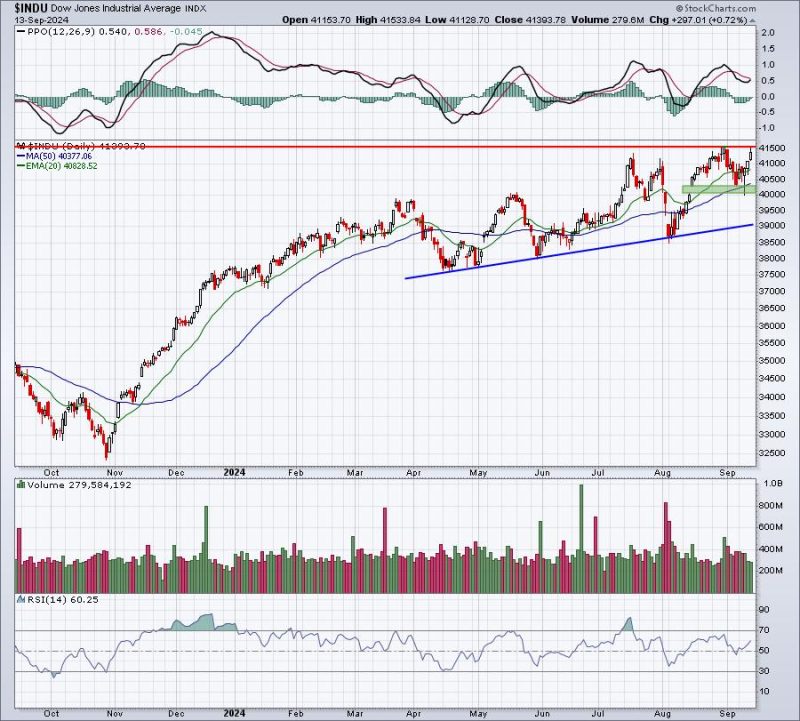In the world of stock trading, no event is precipitated without a fair share of speculation, doubt, or, in some cases, outright fear. This was evident in the wake of last week’s big rally, a market event that turned many heads, raised many eyebrows, and invited many an analytical discussion in the business realm. Investors, both seasoned and novice, find themselves questioning whether these market surges are real, and if so, should we place our trust in them?
The significant rally in question painted a vivid tapestry of green onto the charts of numerous companies. However, despite all the signs of a bull market, the question remains: how much credence should we lend to this rally? To unravel the answer, it is crucial to delve into the past, the present, and potentially, the future of the market trends.
A historical glance at significant market rallies reveals an interesting tale. It gives us a unique perspective that such bounces are not entirely new in the world of stock markets. If we rewind and look at the market crashes of 2002 and 2008, we find that significant rallies occurred even in the middle of what are considered severe bear markets. These rallies, fueled by investor optimism and activity, were eventually met with steep drops in the market. Learning from the past, it’s clear that a rally isn’t always indicative of sustained upward momentum.
Recent market behaviors, however, paint a somewhat different picture. The prior rally showed strong fundamentals behind the surge in stock prices. Factors such as increased retail activity, corporate earnings exceeding expectations, and economic indicators like reduced unemployment contributed to this strong rally. Nonetheless, these elements do not necessarily guarantee that the rally is a reliable prognosticator of a future market boom.
Another viewpoint to consider is the international scene. Large market rallies might sometimes be attributed to the synchronization of mature and emerging markets. As overseas markets display health and stability, such circumstances can exert a favorable influence on domestic markets, triggering a rally. However, it’s important to note that interdependent global market dynamics can also lead to increased vulnerability to negative market shocks from overseas.
Technological innovations have also become undeniable influencers of market trends. The thriving tech sector has significantly impacted recent stock market rallies, with stalwarts like Apple and Amazon consistently breaking records. Yet, relying heavily on this sector’s performance for overall market health is also fraught with risks, as witnessed with the Dot-com bubble burst at the start of the century.
Lastly, as many investors know, market sentiment can often be swayed by unpredictable factors such as political change, natural disasters, or, as recently experienced, a global pandemic. The Covid-19 crisis, for instance, has been a significant influencer of market volatility, triggering both steep market plunges and surprisingly strong rallies.
In conclusion, the question of whether we can trust last week’s big rally boils down to one’s individual risk tolerance, market foresight, and investment strategy. It’s crucial to stay informed, diversify investments, and, more often than not, take market rallies with a grain of salt. Remember, in the roller-coaster ride that is the stock market, short-term rallies are just one part of the journey, not the destination.




